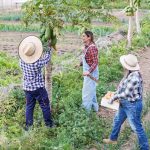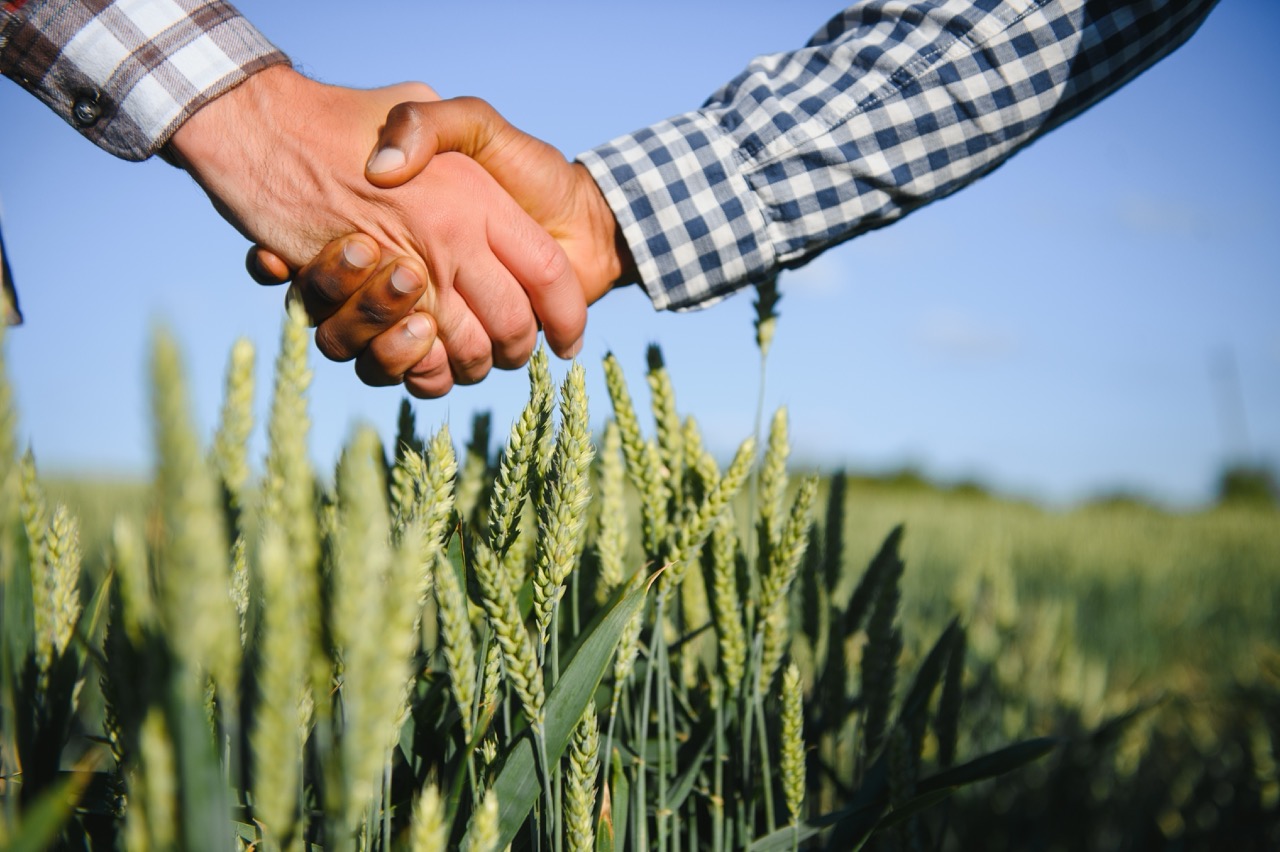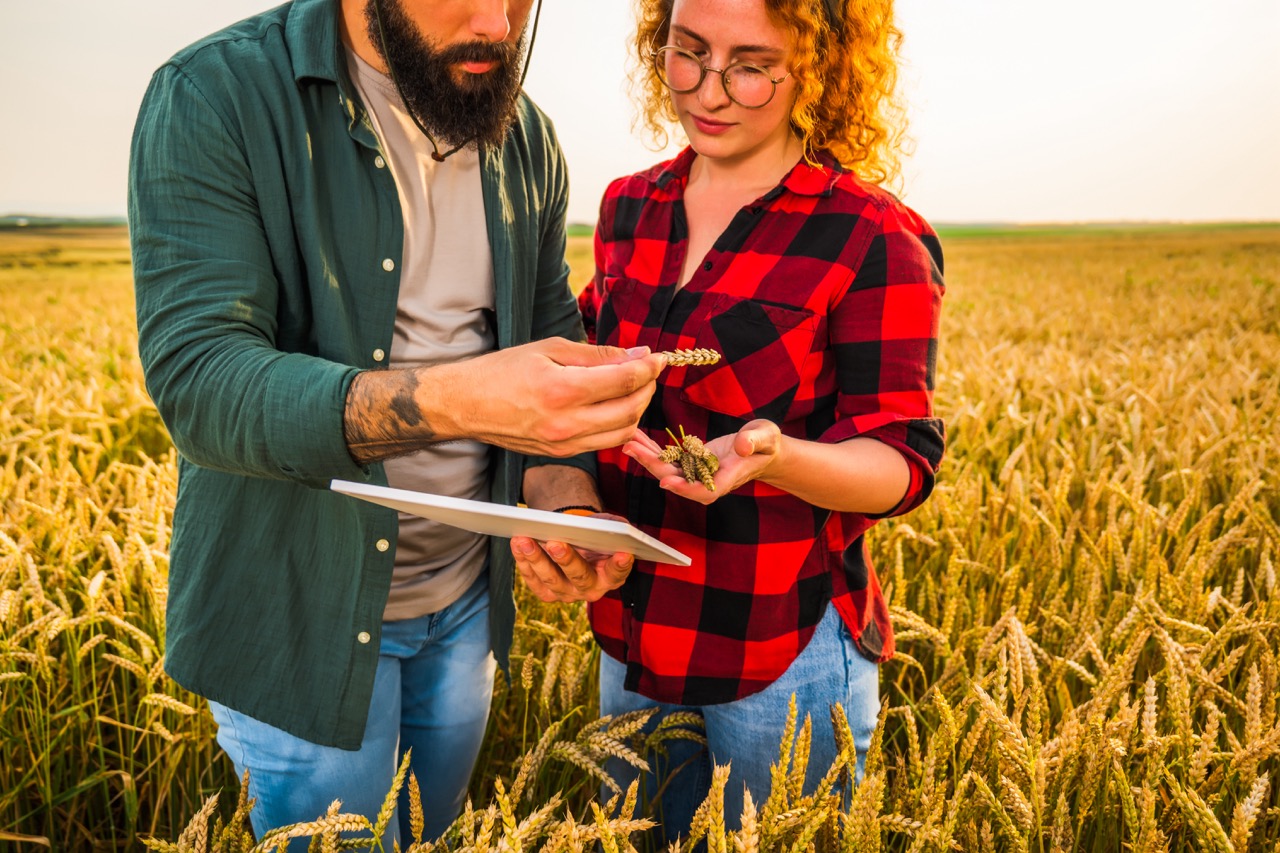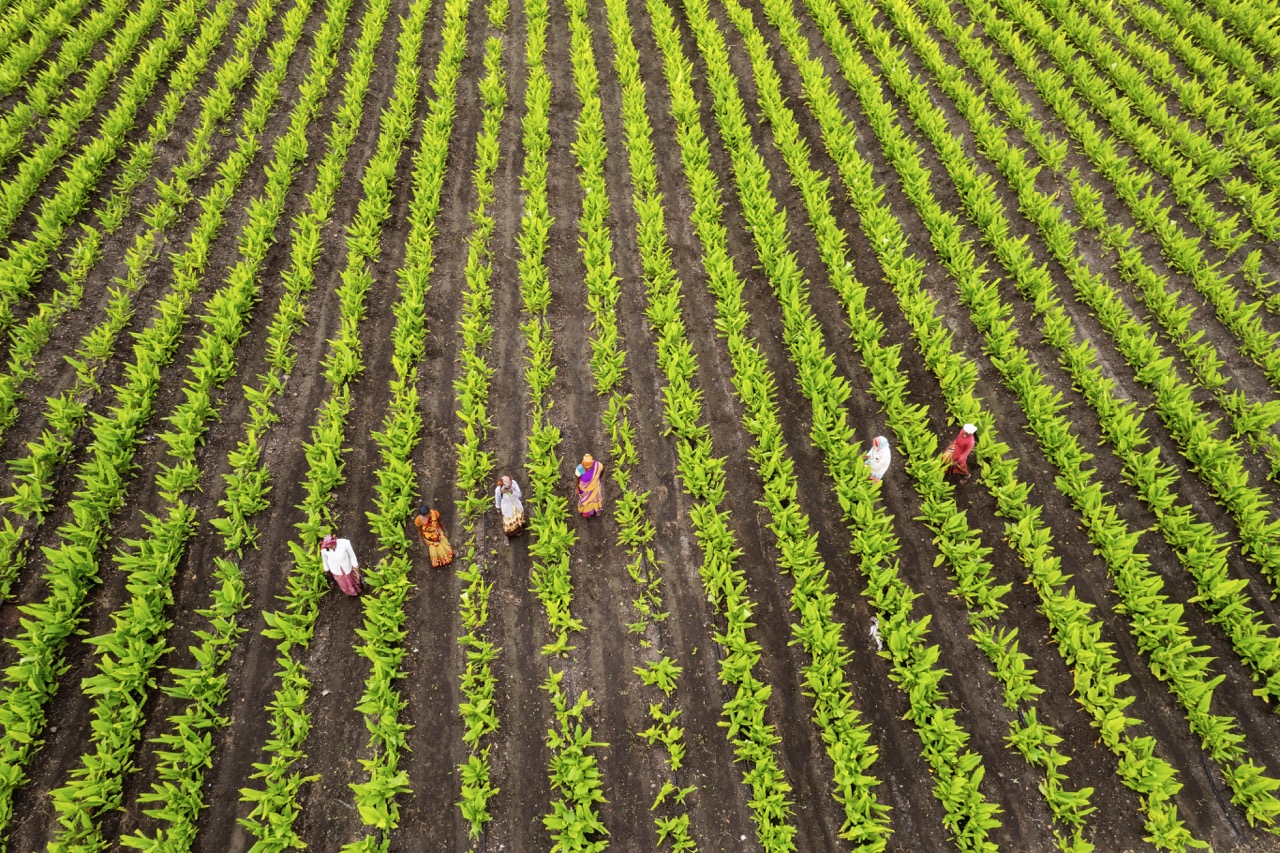As we stand on the cusp of a new agricultural revolution, the convergence of technology and sustainable practices is reshaping the landscape of farming as we know it. Innovations are emerging at a rapid pace, promising to improve efficiency, enhance productivity, and mitigate environmental impacts. From precision farming to robotics, the future of agriculture is being redefined by advancements that not only meet the demands of a growing population but also ensure the health of our planet. This article explores the key innovations shaping the industry, focusing on technology, sustainability, precision farming, and the role of automation.
Revolutionizing Agriculture: Technology Drives Change Forward
The agricultural sector is experiencing a seismic shift, largely driven by cutting-edge technology. From the advent of genetically modified organisms (GMOs) to the rise of vertical farming, the methods and tools available to farmers are evolving rapidly. Smart sensors and Internet of Things (IoT) devices are now commonplace, allowing for real-time monitoring of crop conditions. This technological integration enables farmers to optimize water usage, manage nutrient levels, and anticipate pest outbreaks with unprecedented accuracy, thus enhancing overall productivity.
Moreover, the adoption of artificial intelligence (AI) and machine learning is playing a pivotal role in data analysis and decision-making processes. These technologies facilitate predictive analytics, allowing farmers to make informed decisions based on historical data and emerging trends. For instance, AI algorithms can predict optimal planting times and harvest windows, significantly improving yields and reducing waste. As these innovations become more accessible, they promise to democratize agricultural advancements, benefiting farmers of all scales.
However, the shift towards a technology-driven agricultural landscape is not without challenges. Issues such as cybersecurity risks, the need for technical training, and high initial investments can deter smaller farming operations from fully embracing these innovations. Nevertheless, as technology continues to advance and costs decrease, it is likely that more farmers will adopt these tools, paving the way for a more efficient and productive future in agriculture.
Sustainable Practices: Balancing Productivity and Ecology
In an era marked by climate change and environmental degradation, sustainable agricultural practices have become imperative. Farmers are increasingly recognizing that long-term viability hinges on their ability to balance productivity with ecological stewardship. Practices such as crop rotation, organic farming, and agroforestry are gaining traction as solutions to enhance soil health, preserve biodiversity, and reduce reliance on synthetic fertilizers and pesticides.
Additionally, regenerative agriculture is emerging as a holistic approach to farming that focuses on restoring and maintaining healthy ecosystems. By utilizing techniques that improve soil carbon sequestration and enhance water retention, regenerative agriculture aims to create resilient farming systems capable of withstanding the impacts of climate change. This not only benefits the environment but also contributes to the long-term profitability of agricultural enterprises, as healthier soils yield higher-quality crops.
The transition to sustainable practices is also being supported by consumer demand for ethically produced food. With a growing awareness of environmental issues, consumers are increasingly seeking out products that align with their values. As a result, many farmers are adopting sustainable certifications, which not only appeal to eco-conscious buyers but can also command premium prices in the marketplace. By embracing sustainability, farmers can ensure their operations are resilient and profitable in a rapidly changing world.
Precision Farming: Data-Driven Approaches to Crop Management
Precision farming represents a paradigm shift in agricultural management, leveraging data to optimize every aspect of crop production. This approach utilizes advanced technologies such as satellite imagery, drones, and soil sensors to gather critical information on crop health, moisture levels, and nutrient requirements. By analyzing this data, farmers can make more informed decisions about when to plant, irrigate, and apply fertilizers or pesticides, thereby maximizing yields and minimizing inputs.
One of the most significant advantages of precision farming is its ability to tailor interventions to specific areas of a field. Rather than applying uniform treatments, farmers can implement variable-rate technology (VRT) that adjusts the amount of inputs based on localized needs. This targeted strategy not only conserves resources but also reduces environmental impacts, making agriculture more sustainable. As the tools for precision farming become more sophisticated and user-friendly, wider adoption among farmers is expected.
Furthermore, the integration of data analytics and cloud computing continues to enhance the capabilities of precision agriculture. Farmers can now access real-time information through mobile applications, allowing for immediate adjustments to their management practices. This heightened level of responsiveness is crucial in an industry where weather patterns and market demands can shift rapidly. As precision farming evolves, its potential to revolutionize agricultural practices and contribute to global food security becomes increasingly apparent.
Robotics and Automation: The New Workforce in Agriculture
Robotics and automation are poised to transform the agricultural labor landscape, addressing the ongoing labor shortages that many farms face. Autonomous machinery, such as self-driving tractors and robotic harvesters, are becoming more prevalent, enabling farmers to increase efficiency while reducing manual labor. These innovations not only help to alleviate the strain of finding seasonal workers but also minimize the physical demands placed on human laborers.
The capabilities of agricultural robots extend beyond simple tasks; they can perform complex functions such as planting, weeding, and monitoring crop health. For example, weeding robots equipped with advanced imaging systems can differentiate between crops and weeds, allowing for precise removal without harming the desired plants. This level of efficiency not only enhances productivity but also aligns with sustainable practices by reducing the need for chemical herbicides.
Despite the potential benefits, the integration of robotics and automation into agriculture raises important questions about the future of farm labor. There are concerns about job displacement and the need for reskilling workers to adapt to new technologies. However, proponents argue that automation will create new roles in technology management and agricultural engineering, ultimately leading to a more skilled workforce. As the industry navigates these changes, it is essential to strike a balance between innovation and the well-being of those who work in agriculture.
The future of agriculture is undeniably intertwined with innovation, and the ongoing advancements in technology, sustainability, precision farming, and automation are shaping a new era for the industry. By harnessing these innovations, farmers have the opportunity to enhance productivity while preserving the environment for future generations. As we move forward, it is crucial to foster a collaborative approach that prioritizes both technological progress and agricultural sustainability, ensuring the resilience of our food systems in the face of an ever-changing world. The agricultural landscape is evolving, and with it, the promise of a more efficient, productive, and sustainable future.










